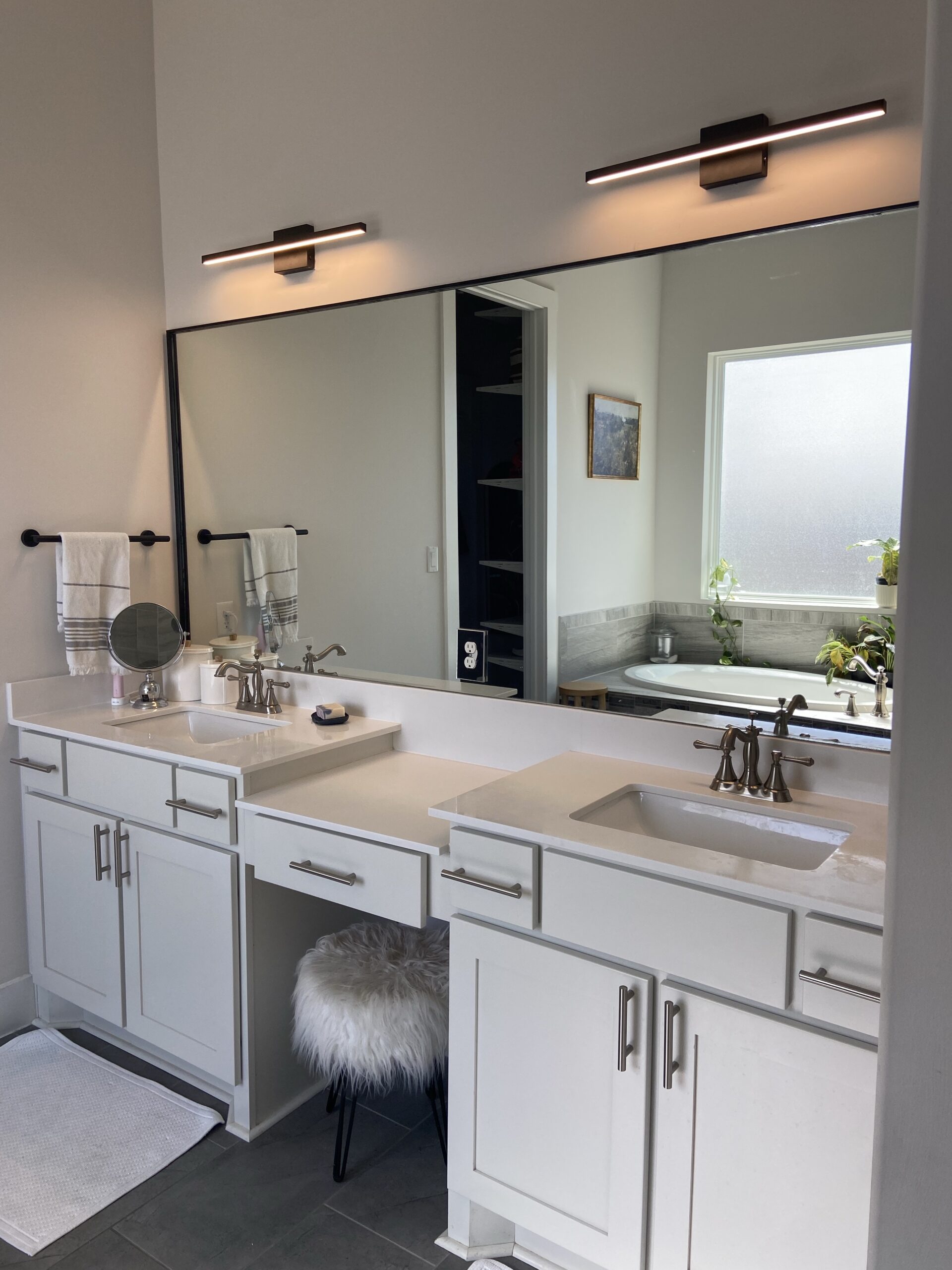As I get older my closet and style has morphed and I prefer to buy quality items that will stand the test of time. However, quality handbags and clothes usually translates to spending more money. Finding the best deals on designer items has become my latest obsession. This blog post will provide you with the tools for buying discount designer items!
Gucci, Louis Vuitton, Prada, Fendi and so much more!
As many of you know I love shopping at Goodwill. Generally I shop in store looking for great designer pieces to resell. During the pandemic, I stumbled upon shopgoodwill.com and my mind was blown!
Goodwills online site has every name brand item you can imagine in one location but there is a catch. The online Goodwill store is set up as an auction. Bidding on auction items takes time and research. Once you find an item you like, search for the item on other resale sites to find out what a reasonable purchase price is for the piece. I only bid on items that have certificates of authenticity because there are tons of fakes out in the world.
After you determine the price you are willing to pay for the item, you simply place your bid. Sometimes you win and sometimes you lose. Don’t become too attached to an item because its not yours until the auction ends. If it is an item that I really really want, I set an alarm for my auction end time so I can check on the auction progress.
While there are tons of designers and merchandise on the Goodwill site I only search for a handful of designers unless I am looking for a specific item. Prada, Fendi, Gucci, Chanel, and Yves Saint Laurent are the designers I always hunt for. Louis Vuitton is a popular brand you can find on Goodwill; however, these tend to go for well over resale price.
Item I have purchased from Goodwill Online
The first item I purchased was a Black Burberry Coat. The original purchase price of the coat was well over $1500. I paid $300 including shipping for my Burberry Coat with removable liner. This coat is a classic wardrobe piece that will stand the test of time.

Next, I purchased an all black leather Guccisimo Gucci purse. Generally I prefer crossbody bags because they are easier to carry with the kids. However, the Guccisimo Purse was easily modified by purchasing a Gucci Inspired strap from Amazon. While the strap is not the real deal, for a purchase price of $8.99 nobody will know the difference! I paid $275 for the Gucci Guccisimo all leather purse including shipping.

Baby designer clothes are deeply discounted on Goodwill! I purchased Ugg Boots for our toddler for $20 including shipping. The boots arrived in great condition with minimal wear.
The most recent item I purchased on Goodwill was a smaller Gucci wallet. The wallet had some wear on the edges but for $58 including shipping it was worth the price!

Designer Items on Mercari and Poshmark
Mercari and Poshmark can be great places to find discounted designer items but there are a few things to look for before purchasing.
Online resale sites have authenticated bag sections, only buy from that section! The authenticated designer section includes a certificate of authenticity which allows you to know you are buying the real deal. There are plenty of good fakes in the world, make sure you aren’t getting ripped off.
Mercari tends to have better deals on designer items than Poshmark. Although the item may be listed for a certain price, it doesn’t mean that is what the bag will sell for. Always make an offer for a designer item below listing price. Cross check with other sites to see what your items value is, never pay above resale value.
I have purchased a Louis Vuitton Neverfull and a matching Louis Vuitton Wallet from Mercari. I paid $585 for the Neverfull including shipping and $215 for the wallet including shipping. These are classic pieces I will keep in my designer purse rotation.


New Designer Items at a Discount
There are plenty of new designer items on discount online. The best place I have found to buy new designer items is Saks Off 5th. Saks Off 5th has almost every designer you could hope for. Yves Saint Laurent Bags are huge right now and Saks Off 5th gets them in about every month at a hugely discounted price!
Rakuten and Saks Off 5th go hand in hand. If you don’t have Rakuten already, sign up for it now! If you purchase an item on Saks Off 5th you get a percentage of cash back through Rakuten. Join Rakuten by clicking the link and get $30 for signing up before shopping!
While I have been eyeing the Yves Saint Laurent Bag, I haven’t saved up enough money to purchase it yet. However, I have purchased a few designer items at deep discounts!
The first item I bought were Valentino Slides for summer. The original price of the new Valentino sandals were $300 and I purchased them for $89.99!

These shoes have been great for summer and come with a Valentino dust bag for easy storage!
Designer Outlet Stores
The other place I go to buy new designer items is Designer Outlet stores. Near my house we have Prada, Gucci, and Burberry Outlet Stores! Gucci Is by far my favorite outlet store with the best prices.
Recently, I purchased a travel bag from the Gucci Outlet Store with a crossbody strap. The total cost of the travel bag and the strap were $400.

Designer Bags aren’t unattainable and there is no reason you have to pay full price. Hopefully this blog post helped point you in the right direction. Happy Hunting! Comment with your designer scores!


































































































